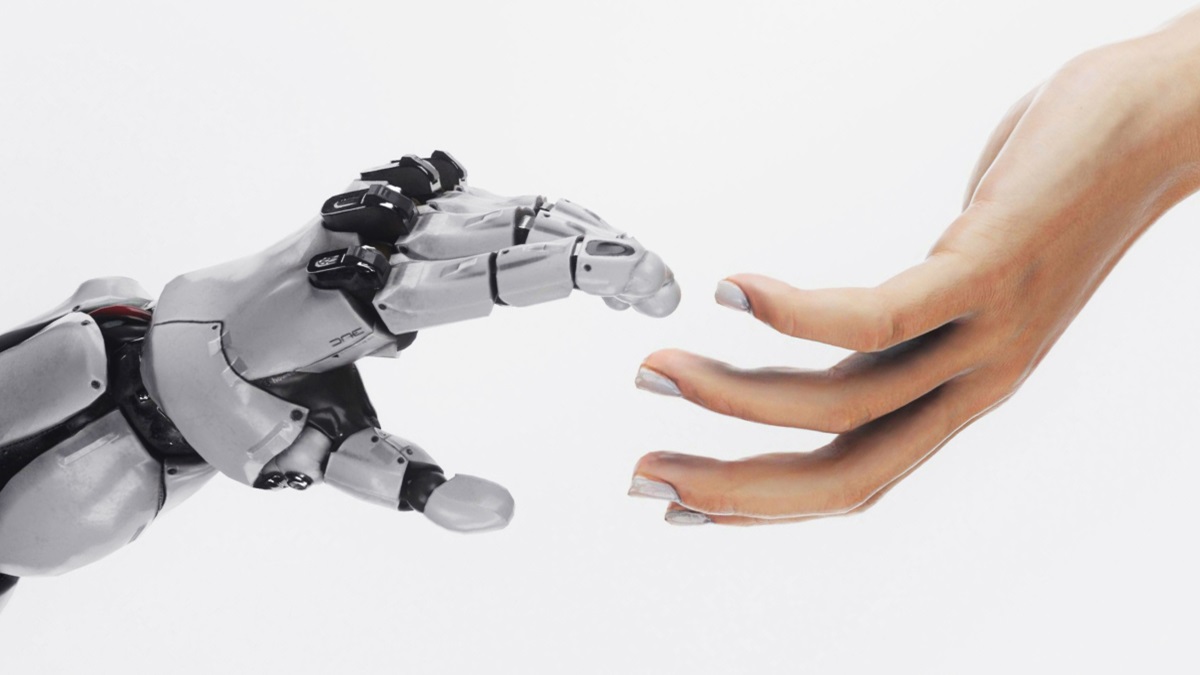The first day of a new job often carries a unique thrill. Fresh opportunities, warm welcomes, and the promise of belonging set the tone. But as the novelty fades, so too can the excitement. For many organisations, the challenge isn’t starting well—it’s sustaining that day-one energy.
“Everyone pays attention to the new bride. After that, everybody gets into their own sphere of work,” quips Praveen Purohit, deputy CHRO, Vedanta Resources, in a telling analogy. Companies roll out the red carpet for new hires, but without consistent follow-up, the initial spark often dims into routine—or worse, disillusionment.
This transition period represents a critical juncture. An employee adrift, without direction or connection, quickly becomes a retention risk. Purohit advocates a structured approach: “A calendarised protocol—monthly formal check-ins, senior leader engagement, and active KRA/KPI discussions” can transform a drifting employee into a thriving one. “An anchor should be assigned to the person,” he emphasises, highlighting the importance of consistent mentorship during formative months.
Day one is typically a flurry of activity: induction programmes, team introductions, and a welcome kit designed to impress. Yet, by week three or four, many new hires find themselves adrift. Ravi Mishra, Head – HR, BITS Pilani, notes that 60 per cent of employees lose much of their enthusiasm on the day they join. Mishra recalls a professor whose excitement was dampened by bureaucratic hurdles on his first day—asked where certificates were, why photocopies weren’t brought, treated as an administrative inconvenience rather than a valued addition. Though the professor remained for a year, his departure was effectively sealed from day one.
“Once the thought of leaving enters the mind, the clock starts ticking,” Mishra warns. Often, even counteroffers fail to reverse the damage caused by a poor onboarding experience. This issue points to a deeper truth: while organisations focus on logistics and formalities, they often neglect the emotional and cultural integration that truly anchors a new hire.
Emotional onboarding—focusing on human connections rather than merely procedural compliance—proves essential. A thoughtfully organised breakfast, elimination of logistical frustrations, structured buddy systems, informal team lunches, welcome notes from leadership, and storytelling sessions that animate company values: these seemingly small gestures signal that an organisation values its people, not just their productivity.
Feedback loops serve as crucial early warning systems. Purohit notes that placement firms typically disengage after placing a candidate, but they could provide valuable service as neutral intermediaries offering candid feedback on how new hires are adjusting. This responsibility extends to HR departments as well. “Do we take time to talk to the person or even their family after they join?” Purohit asks. Fortnightly catch-ups, personal check-ins, and even family touchpoints demonstrate sincerity that builds lasting loyalty.
Momentum depends on movement. Early wins create psychological momentum that sustains enthusiasm beyond the honeymoon period. Assigning small but meaningful projects allows newcomers to contribute visibly within their first month. A marketing hire might refresh a campaign tagline; a sales recruit could co-pitch with a senior colleague. The objective isn’t to pressure but to facilitate progress—tangible confirmation that they’re already adding value.
Culture is rarely absorbed through orientation sessions alone. It manifests in everyday interactions—how meetings are conducted, feedback delivered, and conflicts resolved. “To integrate new employees, HR must go beyond generic cultural briefings,” advises Purohit. Facilitating participation in rituals, cross-team collaboration, and informal spaces such as coffee chats or town halls accelerates cultural integration.
In today’s hybrid work environment, extending welcome beyond the employee to include family demonstrates both thoughtfulness and strategic foresight. At BITS Pilani, Mishra explains, “Understanding the person’s family situation is part of integration. If someone’s spouse is looking for work or there are medical needs in the family, we try to help. Compassion should be institutional, not just individual.”
Leadership visibility matters immensely. Monthly virtual breakfasts with the CEO or fireside chats with functional heads energise new hires by making them feel seen and heard. “It’s not just about performance metrics,” says Purohit. “It’s also about making space to ask: Are you okay? Do you need help?”
The energy of day one represents not merely celebration but commitment—a commitment to nurture, integrate, listen and guide. Without thoughtful follow-through, investments in hiring top talent evaporate into early exits and unfulfilled potential.
Organisations must recognise that day one marks not a concluded event but the beginning of a meaningful journey. The crucial question for leaders isn’t “Did we welcome them well?” but rather “Are we still walking with them?”
As the workplace continues to evolve, sustained engagement requires continuous effort, not just first-day flourish. When the honeymoon ends, the real relationship work begins—turning day-one energy into enduring commitment requires cultures where every day feels like it matters just as much as the first.
Source – https://www.hrkatha.com/features/why-emotional-onboarding-is-key-to-sustaining-new-hire-enthusiasm/




















